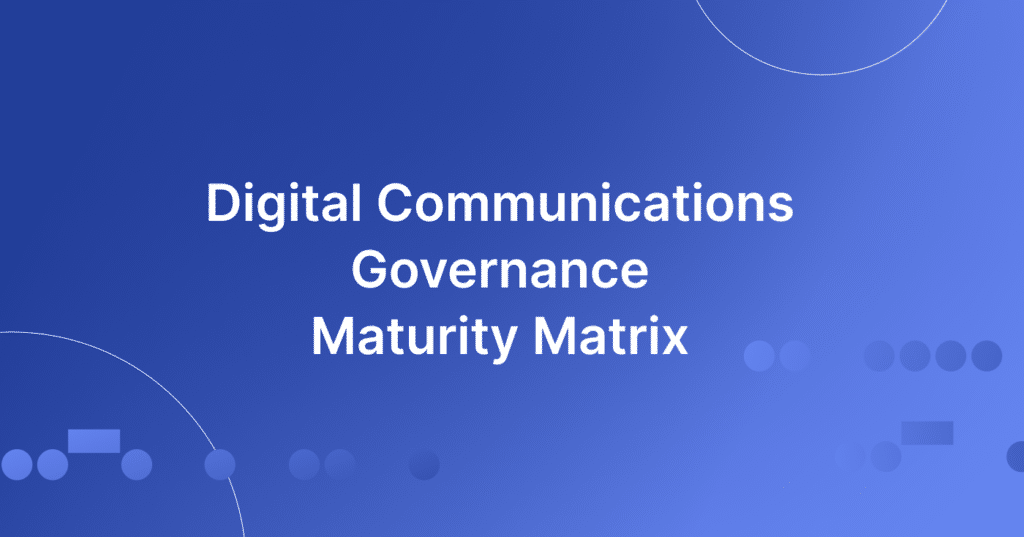How Can Blockchain Impact Capital Markets?

Capital Markets Issues
The processes involved to make these transactions possible have been the subject of concern in an ever increasingly technological world.
With processing time taking a matter of days, verifying the people executing trades becoming more laborious coupled with a chequered history of asset ownership stored in a mainly paper-based system it becomes a troublesome task to allow the markets – in the words of Economist, Adam Smith – to operate ‘efficiently.’
While at one point the way markets are now was once considered to be optimal, maybe even ‘state-of-the-art’ today with the rise of emerging technologies this modus operandi has fast become obsolete. It’s time for a change.
The requirements all financial institutions have to comply with are different and differ depending on the entity. This means there are no uniform international guidelines everyone can follow.
At the moment, AML/KYC (Anti Money-Laundering/Know Your Customer) verification of a client at one institution is not transferred to another institution when the client approaches them. This causes the client to have to start the time-consuming onboarding process again. Sometimes, this can even occur when the entities are under the same holding or parent company. Thus, a more streamlined process is needed to save the client and the business resources, energy, and time.
Currently, the industry has an intermediary heavy model – there are too many intermediaries getting in the way of speedy transactions, reporting, clearing, and settlement – but this is not sufficient for today’s needs. It is antiquated, outdated, and is not appropriate for a 21st century, modern-day context… there’s an appetite for change.
Blockchain Solutions
There are numerous benefits a Blockchain for capital markets solution can provide, including:
- Increasing transparency of trades
- Reducing costs (of settlement, regulatory cost, etc.)
- Reducing friction (of transactions and throughout internal infrastructural networks)
- Improving speed (of transactions)
- Improving and increasing efficiency (of data input and data storage)
- Reducing the need for (and over-reliance on) existing processes
As clearing and settlement services are critical for Capital Markets (especially in securities) operations, the DTCC, the Depository Trust & Clearing Corporation responsible for post-trade clearing in Financial Markets, recognises the need to manage risk effectively. This risk can be generated from the misreporting of transactions and trades.
While a party can buy security now (today for example), they will not pay for it for up to 3 days. This time-lapse in the equity trade creates risk because of the number of people and institutions – in addition to the extensive paperwork – required to settle the trade. Moreover, there is a lot involved and as humans are a key part of the process it means the likelihood of human errors increases especially as the data has passed through several different entities before the settlement of the trade is complete.
Another solution Blockchain for capital markets can provide comes in the form of asset tokenisation and securitisation of assets. Asset tokenisation is the process of creating tradeable digital assets or digital evidence of asset ownership in a decentralised way. Tranching assets or the tranching of assets and asset-backed securities – a practice prevalent in Financial Services before the 2008 Financial Crisis – can be done this way too.
Typically tokens are issued on a Blockchain-based platform and can cater to the securitisation process, whilst ensuring immutability and record of ownership. Security tokens are ideal for trading illiquid assets like cars, property or real estate, etc.
To increase speed using Blockchain Smart Contracts serve as a great solution to executing trades in a timely fashion. It encourages the settlement of electronic or digital trades in a matter of seconds without human input.
Regulatory Challenges
Some of the regulatory challenges these solutions pose include factors such as regulatory reputational risk i.e. how regulators manage their ability to legislate the use of technology and the impact of such decisions on industry confidence and morale.
If Regulators don’t understand it well and therefore legislate against it in a way that inhibits it from meeting existing compliance requirements this ultimately stifles innovation. It can slow down the industry’s progress in moving forward causing incumbents to wait with bated breath to see what Regulators will do as they do not want to be caught on the wrong side of a hefty fine unnecessarily.
This particular risk is heightened when the dire statistics of Senior Executives and Risk Managers’ ignorance about Blockchain comes to light.
In a study by Accenture 5% of Risk, Managers said they are fully capable of assessing the risks associated with blockchain in their organisation. Furthermore, 63% of respondents in a survey of institutional investors carried out by the Global Blockchain Business Council (GBBC) believed Senior Business Executives have a ‘poor’ understanding of Blockchain – and this is at Senior Level.
How do you usher in a new era of transformational, innovative change if the people who are supposed to be spearheading this movement don’t have an appreciation for what this technology is and what it can do for them, let alone the potential risks of using it?
In addition to this, many confuse Blockchain with cryptocurrencies, frequently using the terms interchangeably to describe the same thing.
Conclusion
While Blockchain’s potential impact on Capital Markets is undeniable, answering the question of how Blockchain can impact Capital Markets it can be done through fast and efficient processes that are embraced across the industry. Better education is required about what Blockchain is and what it can do as well as a deep understanding of current procedures to see what can be put in place. What gaps are there currently that Blockchain can solve? This question is for decision-makers and market leaders to decide. The solutions mentioned above can act as an initial guide.
Related Articles

Maturity Guide
Subscribe to Shield’s Newsletter
Capture everything. Deploy anywhere. Store in one place.


